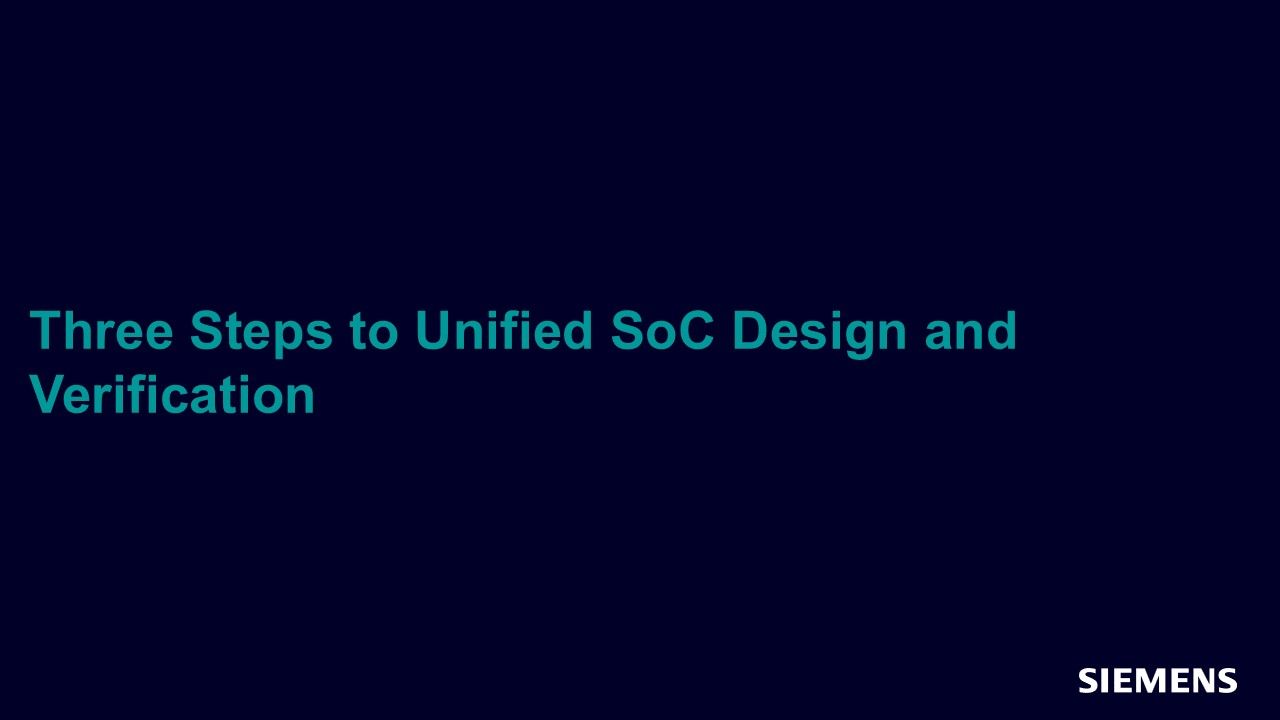Three Steps to Unified SoC Design and Verification
Developing a SoC is a risky business in terms of getting it right considering the technical complexity involved, managing the mixture of hardware and software design disciplines, and finding an optimal trade-off between design performance and power. One way to reduce these risks is to use a design and verification flow that is scalable enough to handle the complexity and is flexible enough to explore architectural alternatives early in the design cycle before implementation starts.

Full-access members only
Register your account to view Three Steps to Unified SoC Design and Verification
Full-access members gain access to our free tools and training, including our full library of articles, recorded sessions, seminars, papers, learning tracks, in-depth verification cookbooks, and more.